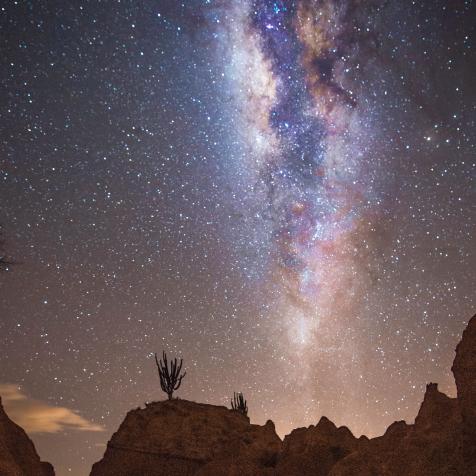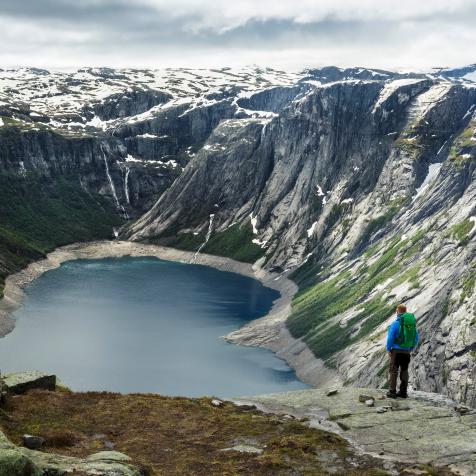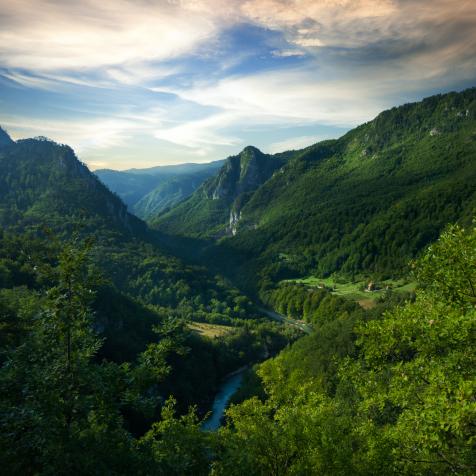
DEA / L. ROMANO
America’s Most Iconic Trains are Back in Action — Here’s What You Need to Know
Two of America’s oldest and most fabled trains are pulling out of the station again this summer after a long pandemic hiatus. The iconic and picture-postcard locomotives are the perfect place to start a summer adventure, and offer a refreshing alternative to road trips. Here’s everything you need to know about them.
Please review and follow all state and local guidelines while traveling.
The Broadmoor Manitou and Pikes Peak Cog Railway
This Colorado engine has the grand title of America’s highest railway, reaching a whopping 14,115 ft. It’s one of only two cog railways in the US and it’s also recognized as the world’s highest cog railroad. It’s an important part of Western US heritage, and taking the journey is a walk in the footsteps of tourists who used to travel an arduous two days on the back of a mule. One day in the late 1880s, Zalmon Simmons, inventor of insulators that protected telegraph wires that ran to the top of the Pikes Peak Summit, wanted to check up on his handiwork. He was in awe of the stunning scenery but wondered how others could reach the top without the long voyage. Word has it that he was relaxing in one of the region’s hot springs after his return, when the owner of the hotel he was staying at mentioned the idea of a railway to the top, and, well, the rest is history.

Helen H. Richardson/MediaNews Group/The Denver Post via Getty Images
Conductors check to make sure all passengers are aboard the Broadmoor Manitou and Pikes Peak Cog Railway train.
Construction began on the rail tracks in 1889, with 150 men transporting rails, bridge iron and tools using just wheelbarrows and mules.
Just a year later, three locomotives were delivered from Philadelphia.
On June 30, 1891, a church choir from Denver boarded the first passenger train and made it to the top — the place that inspired Katherine Lee Bates’ ‘America the Beautiful’ poem.

The Montifraulo Collection
The cog locomotive with tourists at Manitou and Pike's Peak Railway, circa 1920.
Over the years, the train has been modernized, with the track rebuilt and state-of-the-art infrastructure.
After closing in 2018 for repairs and updates, the line is back open and visitors can enjoy Bristlecone pines, some of the oldest trees on earth. A number of the Pikes Peak trees are believed to be more than 2,000 years old.
There’s something for all adventurers: take the train to the summit and bike down the Pikes Peak Highway, or hike the 13-mile-long, 7,400-ft—elevation Barr Trail up and ride the cog train back down.
The Grand Canyon Railway

Dean Fikar
Grand Canyon National Park
Almost as old, but not quite, is the Grand Canyon Railway, a steam chugging train that has been transporting passengers to the Historic Village at the South Rim of the Grand Canyon since 1901. Built following the Grand Canyon’s establishment as a forest preserve by presidential proclamation in 1893, the first passengers climbed aboard on September 17, four years later. The railroad was initially built from Chicago to Los Angeles, passing through Williams, Arizona, to transport ore in the Wild West. The railway was the easiest and most comfortable way to travel until a proper road into the Grand Canyon was built in 1920, and it also transported all the water for the Grand Canyon until 1926, as well as livestock. By the 1950s, after the advent of diesel, the last of the steam travels traveled along the railway, pushed out by their more economic-friendly diesel counterparts. In July 1968, three passengers traveled the last regularly scheduled train service to the Grand Canyon after the Interstate Highway road route — and cars — became increasingly popular, and the next year, the Grand Canyon Train Depot completely shut.
The Railway was reopened for passenger service on September 17, 1989, by entrepreneurs Max and Thelma Biegert — 88 years to the day of the first passenger train to the Grand Canyon.

George Rose
The Grand Canyon Railway operates between Williams and the South Rim.
Nowadays there’s been a complete turnaround, and the railway is responsible for keeping around 50,000 cars outside this national treasure every year.
“By traveling aboard the Grand Canyon Railway, you are not only experiencing an entertaining and historic journey,” explains Bob Baker, Grand Canyon Railway General Manager, “but you are also doing your part to help preserve the pristine beauty of the Grand Canyon.”
Please review and follow all state and local guidelines while traveling.


















